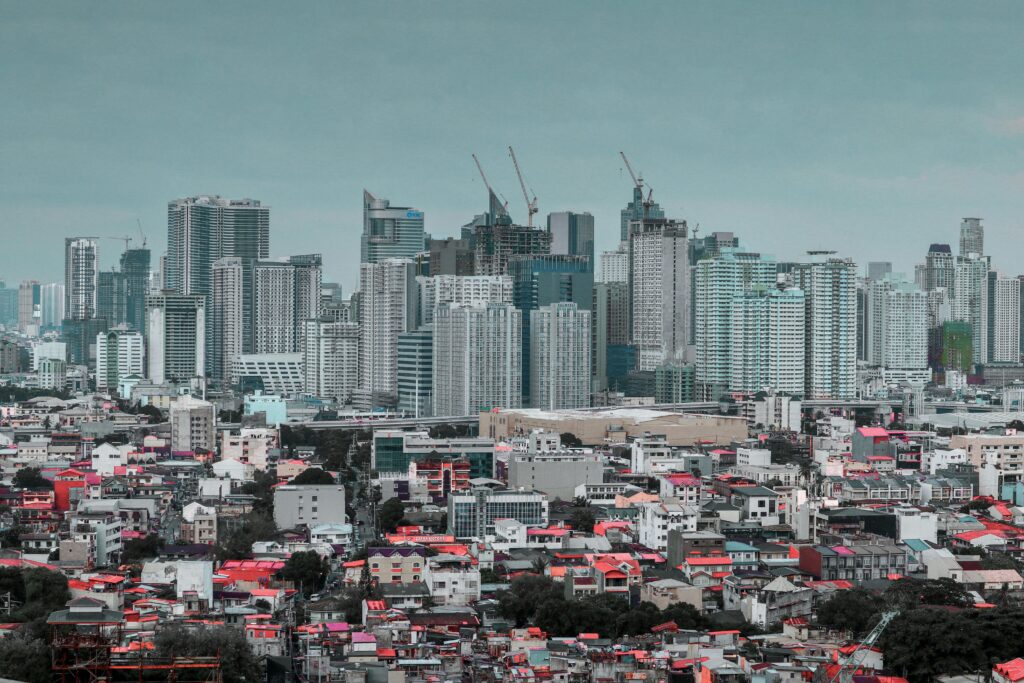Southeast Asia’s Road to Growth: How Bundling Big Reforms Can Make a Big Difference
What if countries could grow their economies faster just by making smarter decisions—not more of them? That’s the exciting idea behind a recent study by the International Monetary Fund (IMF). It shows how Southeast Asia can unlock remarkable growth by packaging ambitious economic reforms together instead of rolling them out one by one. Let’s break down what this means and why it matters for millions of people across the region.
Why Economic Reform Matters in Southeast Asia
Southeast Asia has long been one of the world’s most dynamic regions. Countries like Indonesia, Malaysia, the Philippines, Thailand, and Vietnam have been attracting investors, growing rapidly, and lifting millions out of poverty. But now, economic growth is facing headwinds—think global slowdowns, climate change, and aging populations.
To keep growing, these countries need to do more than just tweak policies here and there. They need bold moves that go beyond business as usual. That’s where “ambitious, bundled reforms” come in.
What Are “Bundled Reforms,” Anyway?
Imagine you’re trying to fix an old car. You can replace the tires this month, the brakes next month, and the engine later. But if you do it all at once, the car runs better—and sooner. That’s a bit like what the IMF is suggesting. Instead of fixing just one economic issue at a time, Southeast Asian countries can achieve much more by combining reforms in multiple areas.
According to the IMF, bundling key policy changes—such as labor market updates, digital innovation, education reforms, and green energy policies—creates a ripple effect that boosts long-term growthTogether, these policies support each other and create momentum for deeper transformation.
Key Areas for Reform
- Labor Market Flexibility: Making it easier for businesses to hire and train workers helps industries stay competitive.
- Digital Innovation: Encouraging startups, investing in infrastructure, and supporting tech education can drive productivity.
- Greener Growth: Shifting to clean energy not only fights climate change but can also create jobs and new industries.
- Education and Skills: Helping workers gain the right skills for tomorrow’s jobs sets up countries for success.
Why Is Bundling So Powerful?
You might be wondering, “Why not just tackle reforms one at a time? Isn’t that safer?” It might seem that way, but going slowly can actually backfire. Here’s why implementing reforms together works better:
- Faster Payoffs: When countries invest in public services and infrastructure while easing business rules, growth picks up quickly.
- Better Public Support: People are more likely to support reforms when they see visible benefits, whether it’s better schools or more jobs.
- Stronger Resilience: Bundled reforms can prepare economies to handle shocks, from pandemics to economic downturns.
How Much Growth Are We Talking About?
Let’s talk numbers. The IMF study found that Southeast Asia’s economies could increase their output by 5% over six years just by bundling the right reforms. That’s a big deal. It means more job opportunities, better wages, and improved living standards for millions of families.
Imagine your household’s income growing faster because of better job training programs and a sharp rise in digital opportunities. If you’re a young person entering the workforce, you’d find more paths open to you—from green energy to app development to modern farming.
Keeping Reforms Fair and Inclusive
Of course, with big changes come big challenges. It’s important that reforms don’t just benefit businesses or urban areas. Inclusive growth means making sure rural communities, women, and low-income families get opportunities too.
To do this, governments can:
- Expand safety nets to protect those affected by job shifts in industries.
- Ensure equal access to training and digital tools across regions.
- Support small businesses as they adapt to new technologies.
The goal? A future where growth lifts everyone—not just a select few.
Examples in Action
Some countries are already moving in the right direction. For example:
- Vietnam is investing in digital learning tools and aiming to become a regional tech hub.
- Indonesia is improving job training while offering incentives for green energy projects.
- The Philippines is expanding mobile infrastructure to help rural areas get connected.
These aren’t isolated efforts—they’re steps toward a new, more resilient economic model.
So, What’s the Catch?
Reforms—especially major ones—aren’t always easy. They can face political pressure, cost money upfront, and require a lot of planning. But as the IMF shows, the payoff is worth it if governments act decisively and communicate clearly with their people.
Think of bundled reforms as planting a forest instead of a single tree. It might be harder at the start, but in the end, you get shade, clean air, and a much more livable environment for future generations.
What Can Citizens and Businesses Do?
If you live or work in Southeast Asia, you have a role to play too. Here’s how you can be part of the transformation:
- Stay informed about government plans and how they affect your industry or community.
- Invest in upskilling, whether it’s learning digital tools or exploring green practices.
- Support leaders who back inclusive, sustainable reform strategies.
And if you’re an entrepreneur? This could be your moment to grow. A more open, digitally connected, well-trained workforce is a recipe for innovation.
The Bottom Line
The future of economic growth in Southeast Asia isn’t just about doing more. It’s about doing the right things together—and doing them now. When countries bundle bold reforms, they set themselves up for more resilient, inclusive, and sustainable growth.
As the IMF report makes clear, there’s a huge opportunity just waiting to be seized. The question is—will policymakers, businesses, and everyday people work together to make it happen?
Let’s hope they do.



